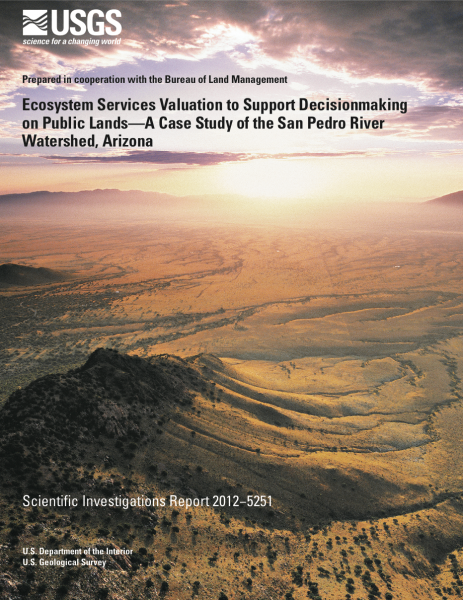
New York City's Riverside Park provides a natural buffer for this major urban area. Photo: Shutterstock/Richard Cavalleri
By Kenneth Bagstad, WAVES Sr. Environmental Specialist
When Hurricane Katrina made landfall in Louisiana in 2005 and Hurricane Sandy hit New York and New Jersey in 2012, they left not just a trail of destruction but a greater appreciation for how nature can help protect our coastlines. Today, the U.S. Army Corps of Engineers and other coastal planners are looking to coastal wetlands, dunes, and oyster reefs to protect communities while providing other benefits at a lower cost than engineered structures.
This October, the U.S. government took a major step in incorporating such approaches more widely in federal policy making. A memorandum issued by the White House Council on Environmental Quality (CEQ) on October 7, 2015 has directed all U.S. Federal government agencies to develop policies that consider nature’s value in planning, investment, and regulatory processes. Agencies are directed to prepare narratives of their current and planned practices to institutionalize ecosystem services over the next six months, and to implement these practices over a 14-month period.
Leading up to this directive, a series of U.S. government-led initiatives has added to the local, national, and global understanding of how to assess and value ecosystem services. For example, the USDA Forest Service has mapped forests across the nation to understand how they provide clean water to cities. Across the west, National Forests are partnering with water utilities to protect drinking water sources from extreme fires by thinning forests, and a 2012 Planning Rule requires National Forests to consider nature’s value in the forest management planning process.
In the U.S. Department of the Interior, scientists with the U.S. Geological Survey are helping their agency partners understand nature’s value for clean air and water, flood control, carbon sequestration, and recreation from the Florida Everglades to Virginia’s Great Dismal Swamp to the deserts of Arizona and Utah.
These examples are just a few of the efforts by U.S. government agencies over the last decade to better account for nature’s value in economic decision making and natural resource planning.
The recent memorandum recognizes that full implementation in agency decision-making will be an evolving, multi-year process as scientific knowledge and best practices for ecosystem service assessment and valuation improve. The CEQ memorandum follows a series of reports highlighting the need to use ecosystem services in governmental policy by the President’s Council of Advisors on Science and Technology (PCAST) in 1998 and 2011 and an updated principles and guidelines for water resource development projects in 2014. Several executive-level offices, including the CEQ, Office of Management and Budget, Office of Science and Technology Policy, and Council of Economic Advisors will coordinate this effort across the agencies.
In parallel to the efforts in the U.S., a growing number of nations are expanding their work in Natural Capital Accounting (NCA) – a systematic process that lets countries track their natural assets, the services provided by them and their relationship to their national economies. Led by the World Bank’s WAVES Program, the U.N. Statistics Division, and others, governments are increasingly dedicating resources to understand nature’s value in a way that guides more environmentally sound and fiscally sustainable decision making while addressing key development challenges.
As the science and practice of ecosystem services matures, it holds promise for addressing some of society’s greatest challenges – human health and safety, food security, and climate change – in a more cost-effective way than engineered substitutes.

